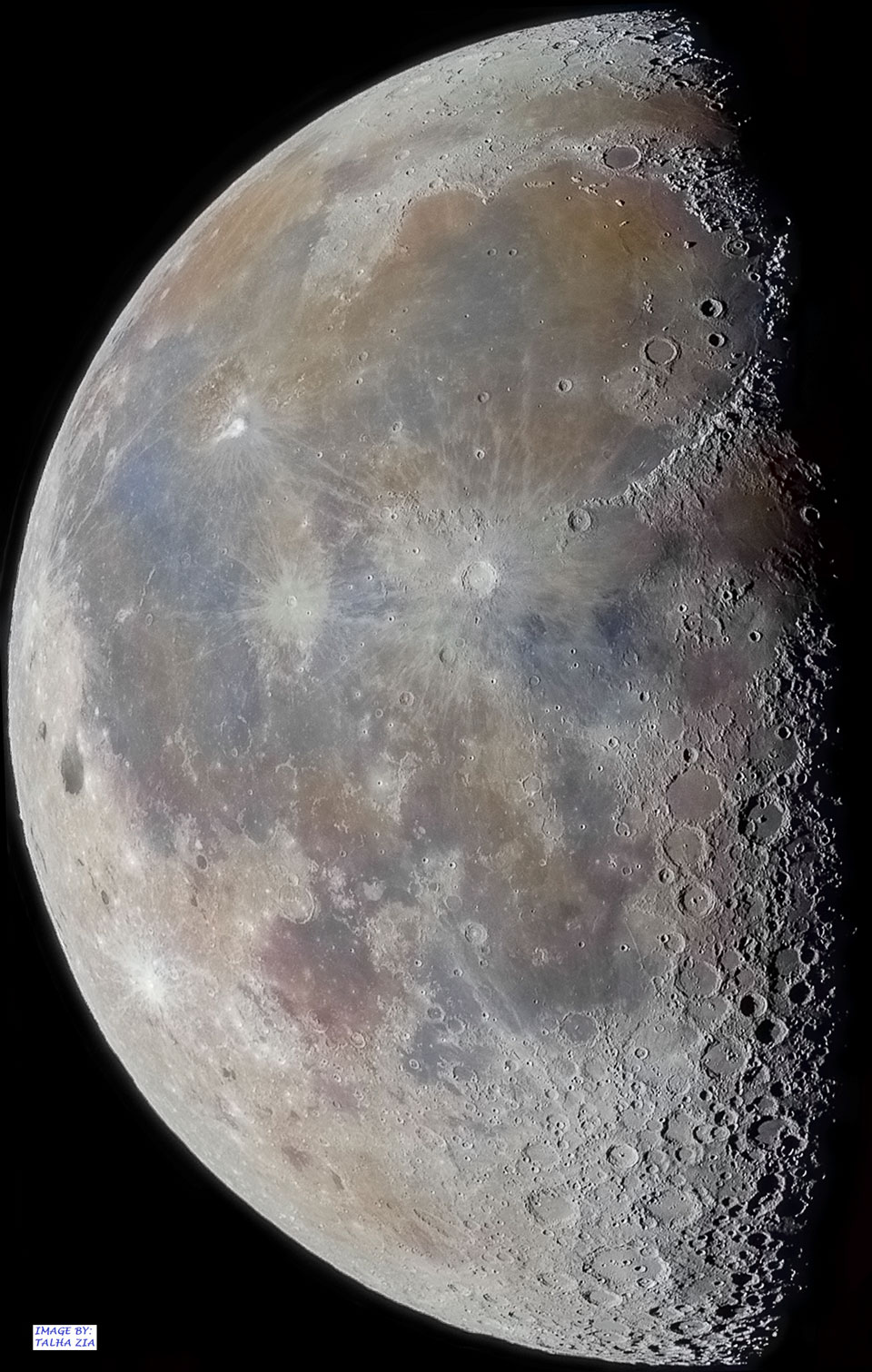
Craters and Shadows at the Lunar Terminator


Media will have the opportunity June 4-5 for tours, interviews and photographs of NASA’s Ionospheric Connection Explorer (ICON) as it prepares to leave Vandenberg Air Force Base in California for a scheduled mid-June launch from Kwajalein Atoll in the Marshall Islands.
from NASA https://ift.tt/2x0Hnph
via IFTTT![]()
NASA Administrator Jim Bridenstine has named Steve Jurczyk as associate administrator, the agency’s highest-ranking civil servant position
from NASA https://ift.tt/2rYblp0
via IFTTT![]()

Students from Pacoima and San Fernando, California, will have the opportunity to talk with astronauts on the International Space Station on Tuesday, May 22, as part of NASA’s Year of Education on Station.
from NASA https://ift.tt/2IBH3D2
via IFTTT![]()
Astronauts soon will have new experiments to conduct related to emergency navigation, DNA sequencing and ultra-cold atom research when the research arrives at the International Space Station following the 4:44 a.m. EDT Monday launch of an Orbital ATK Cygnus spacecraft.
from NASA https://ift.tt/2ICeW2z
via IFTTT![]()

Orbital ATK, in conjunction with NASA, has moved the launch of its ninth contracted mission to the International Space Station to no earlier than 4:39 a.m. EDT Monday, May 21, to support further prelaunch inspections and more favorable weather conditions.
from NASA https://ift.tt/2rTTcZu
via IFTTT![]()